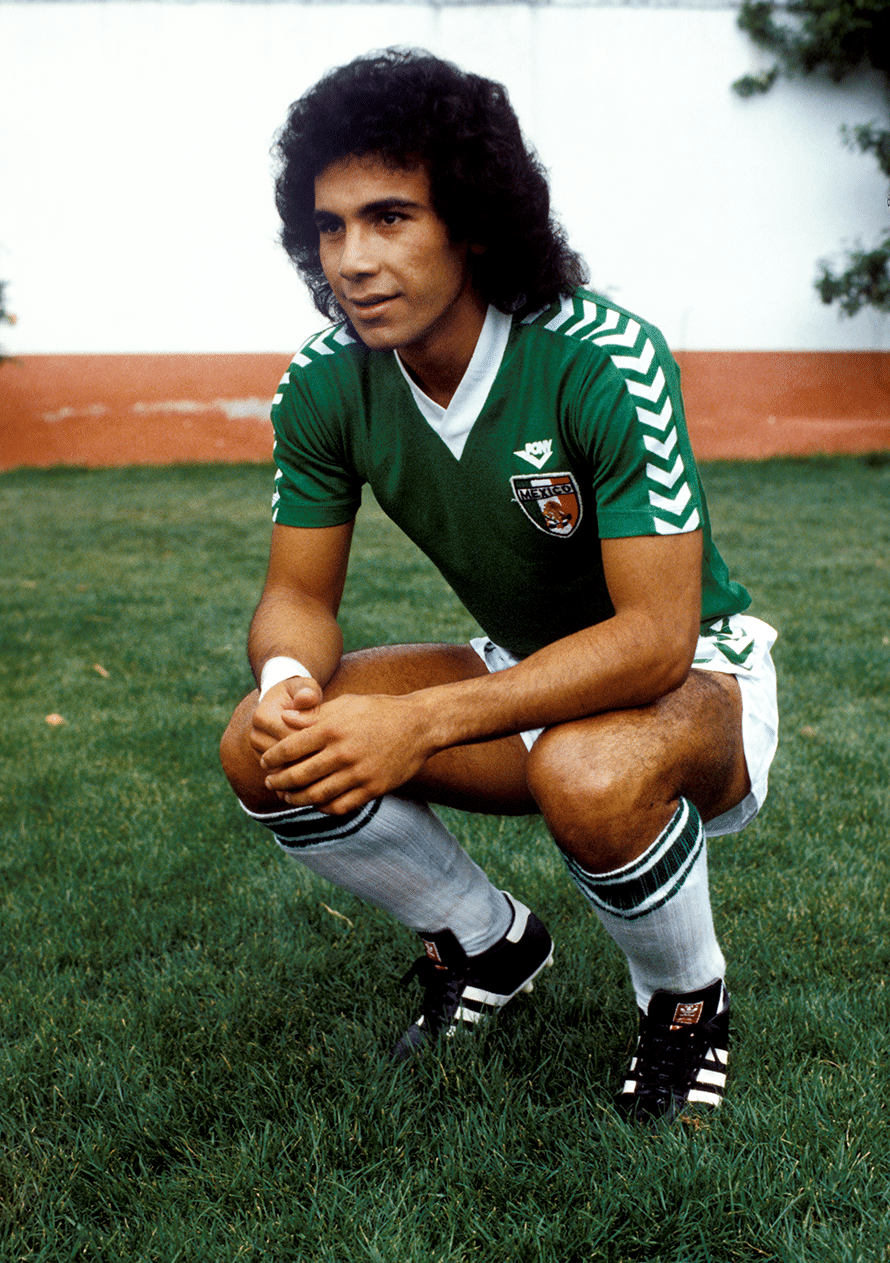This is how the children’s basketball team native to the Triqui ethnic group in the Oaxaca mountain range is known. The team has stood out for its great performance and because its members prefer to play their matches barefoot.
These young athletes belong to the program of the Indigenous Basketball Association of Mexico (ABIM), created by coach and primary school teacher, Sergio Zúñiga, who uses sport as a vehicle to forge their competitive spirit, keeping them away from violence and bringing them closer to discipline and studying. To be part of the team one needs to be a student with a minimum 8.5 average in school grades, speak the mother tongue, help with household chores and be well behaved at school.
In 2013 they inspired many people around the world with their story when they made it to their first international tournament. That same year the government of Los Angeles, California, established December 27 as the “Day of the Triqui basketball team” in acknowledgement of their sporting achievements. During the ceremony, City Councilman Mitch O’Farrell said: “We are all citizens of the world [...]. Triquis are an example of the human spirit that prevails over all obstacles”.12 Since then they have won championships in Argentina, the United States and Barcelona.

In 1966 the Port of Acapulco saw Jorge Campos come into the world. “El Brody” began playing soccer in the amateur team that his father trained. He was the smallest of all, so they just let him play as goalkeeper —for fear they might hurt him in some other position. Since then, his spectacular saves became legendary. Years later he was named “the goalkeeper of the 21st century” by César Luis Menotti.
He entered Mexican soccer first division with UNAM’s team Pumas in 1988. With his emblem- atic uniform of striking colors he also played with Atlante, Cruz Azul, Tigres and Puebla, in addition to the Major League Soccer (MLS) teams, Galaxy and Chicago Fire.
As a national team member he played 130 games and took part in three World Cups. The peak of his career was when Mexico won the 1999 Confederations Cup against Brazil at the Estadio Azteca.
After his retirement in 2004, he became one of the most charismatic sports commentator on national television. During the 2018 World Cup in Russia he was invited to a meeting with FIFA officials, where Russian president, Vladimir Putin, acknowledged him as a football legend.
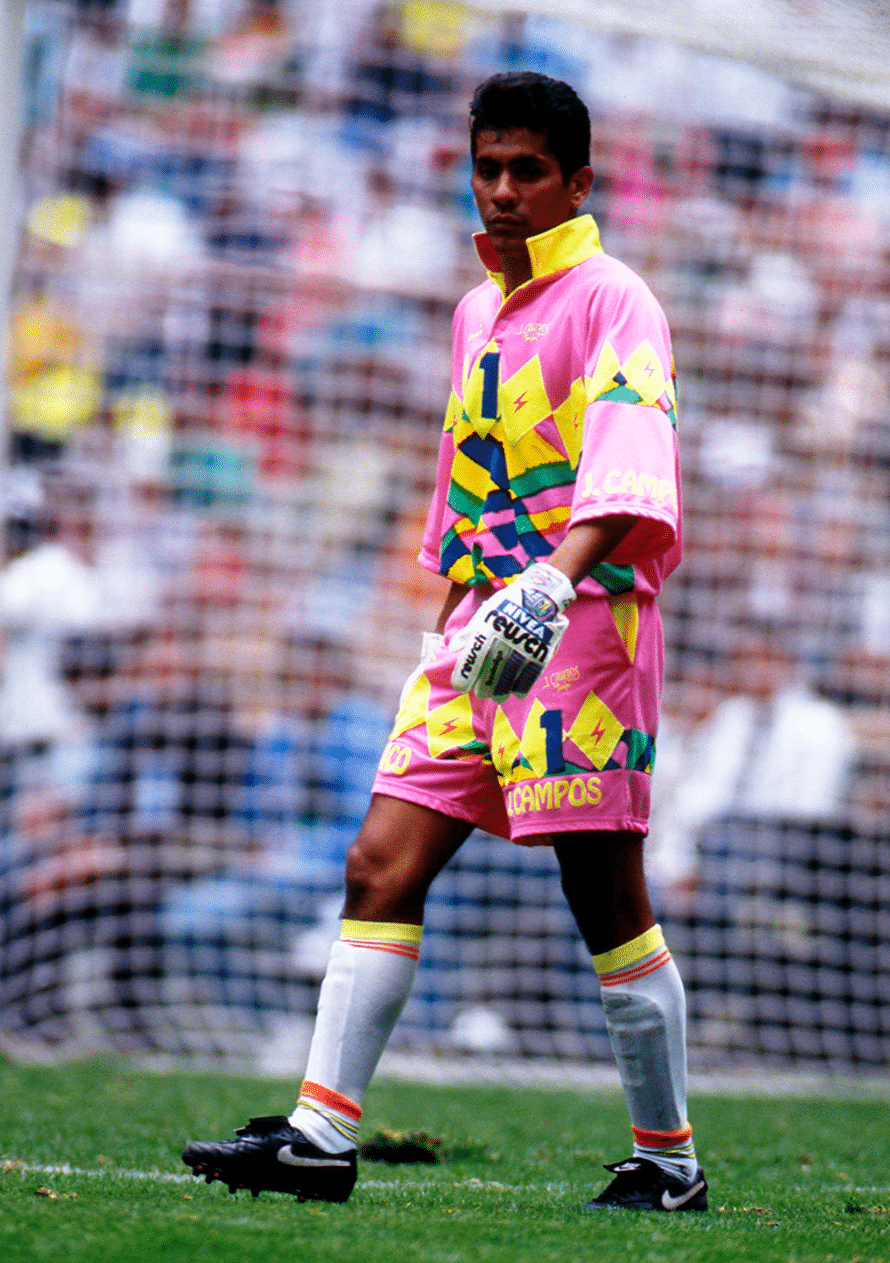
Joaquín Capilla Pérez (Mexico City, 1928-2010) is the most successful Mexican athlete in Olympic history. He learned to swim in a Mexico City public swimming pool and enthusiastically began to participate in swimming competitions in which he ended last. However, at age 12 he accepted the invitation of coach Mario Tovar to try diving where he found his true calling.
He was 17 years old when he arrived at the Central American and Caribbean Games that were held in Barranquilla, Colombia, and returned to our country as champion in the 3-meter springboard and the 10-meter platform. And so, began a tour that took him to the London 1948 Olympic Games, where he won a bronze medal; four years later, he participated in the Helsinki 1952 Games and won a silver medal, demonstrating an amazing breakthrough in his technique.
He peaked in the Melbourne 1956 Olympic Games, when he defeated the mighty U. S. divers and took the podium to receive the bronze medal for the 3-meter springboard and the gold medal for the 10-meter platform diving.
Mexican sports history would not be the same without Joaquín Capilla. His successes triggered a tradition of divers who have given Mexico Olympic, world, continental and regional medals. In 2009 he received the National Sports Award to honor his Olympic career, which has not been matched since by any other Mexican athlete.

“I was born a boxer”,14 said Julio César Chávez, telling the story of how his right punch led to his mother breaking her water to be born in Ciudad Obregón, Sonora, in 1962.
He took part in more than 200 rural fights as an amateur before his debut in 1980; four years later he won his first championship in the World Boxing Council (WBC) super featherweight division.
The “Caesar of Boxing” is known as the best boxer that Mexico has given to the world and his name features in the list of the 10 best in the history of this sport. Over the course of his 25-year career he won five world titles in three different weight divisions: super featherweight, lightweight and super lightweight. He earned 107 victories —86 by knockout—, six defeats and two draws.
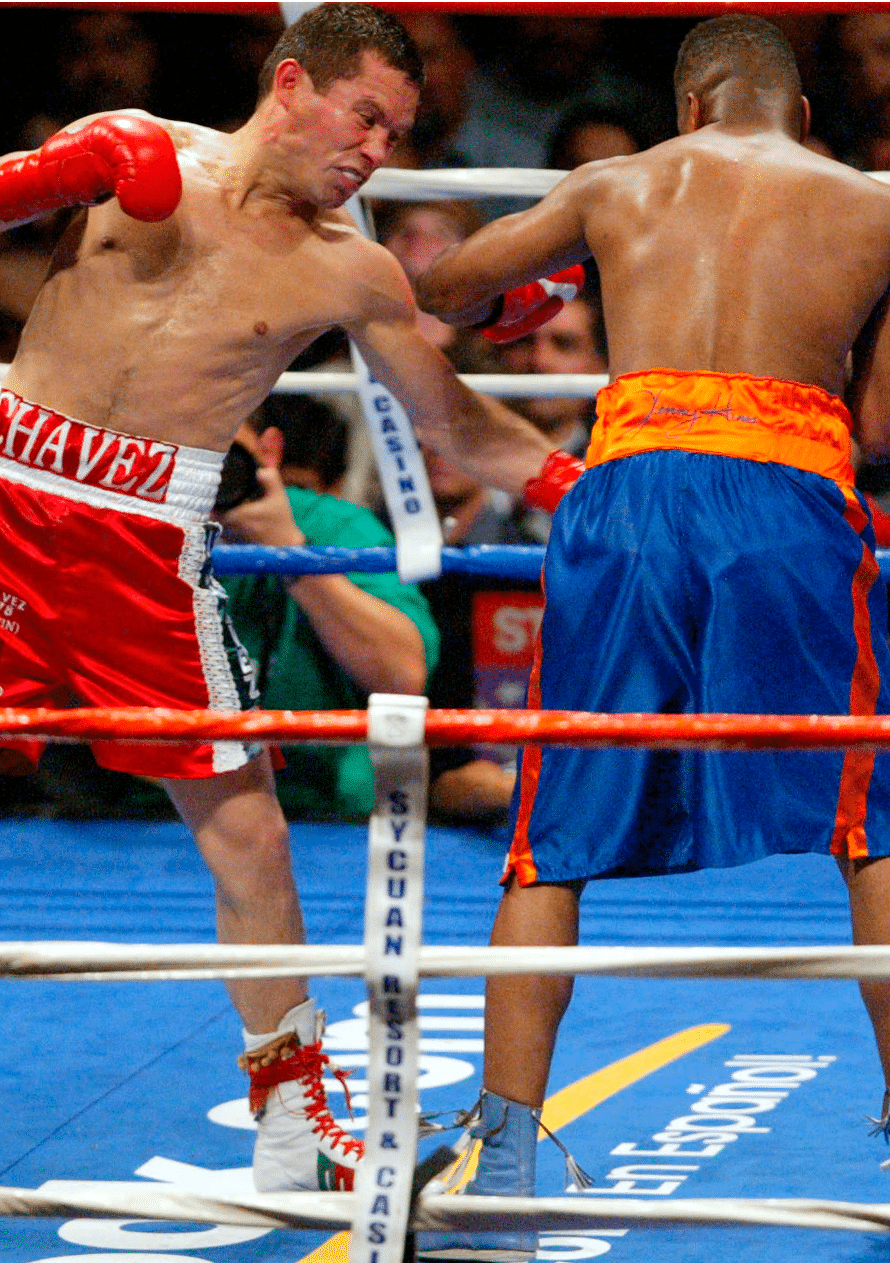
Ever since Cortés’s armored invaders came jangling into their homeland […] the Tarahumara have responded to attacks by running farther and faster than anyone could follow, retreating ever deeper into the Barrancas.17
Christopher McDougall, Born to Run
The Tarahumara, inhabitants of the Copper Canyon in the state of Chihuahua, call themselves Rarámuris, which means “those of winged feet”. For this lineage, running has been their way of survival and vocation. Able to cross up to 100 kilometers in just nine hours, they are known as the best runners in the world.
In 1928, a couple of Rarámuris barged into the Amsterdam Olympic Games to take part in the 42-kilometer marathon. The logic of the Mexican committee was impeccable: the skills of the Rarámuris would finally put Mexico on the podium, but that was not the case. Forced to change their sandals for tennis shoes and unable to understand why the race lasted so little time, they placed last because they did not want to leave the track.
The light-footed people took several decades to understand the mechanism of the competitions, but once they did it sparked the “Tarahumara phenomenon”, when athletes such as Juan Herrera, Arnulfo Quimare, Silvino Cubarese and the Ramírez family integrated by Santiago and his children María Juana, José Mario and María Lorena Ramírez —who runs dressed in traditional attire— attracted world attention by dominating the first places in the most important ultramarathons, running with rubber sandals, without specialized sports training and with a diet based on maize.

At the 2004 Olympic Games in Athens, sprinter Ana Gabriela Guevara (Nogales, Sonora, 1977) became the first woman in the history of Mexico to win an Olympic medal in the 400-meter dash. Few times an athlete’s performance captivated the country in such a way, paralyzing all activity to witness the Olympic final.
Ever since she was a child, Ana had her heart set on sports. Before making an incursion in athletics, she practiced basketball for several years, until she won first place in 1996 in the 400 and 800-meter dash at the National Youth Olympiad in Mexico, a feat she achieved despite having almost no experience in track competitions. In 1997 she began her formal training in athletics under the supervision of Raúl Barreda.
After countless medals obtained in her approximately six years as a high-performance athlete, she became the strongest athlete in the 400-meter dash at the International Association of Athletic Federations (IAAF) classification, surpassing competitors with many more years of running experience covering that distance.
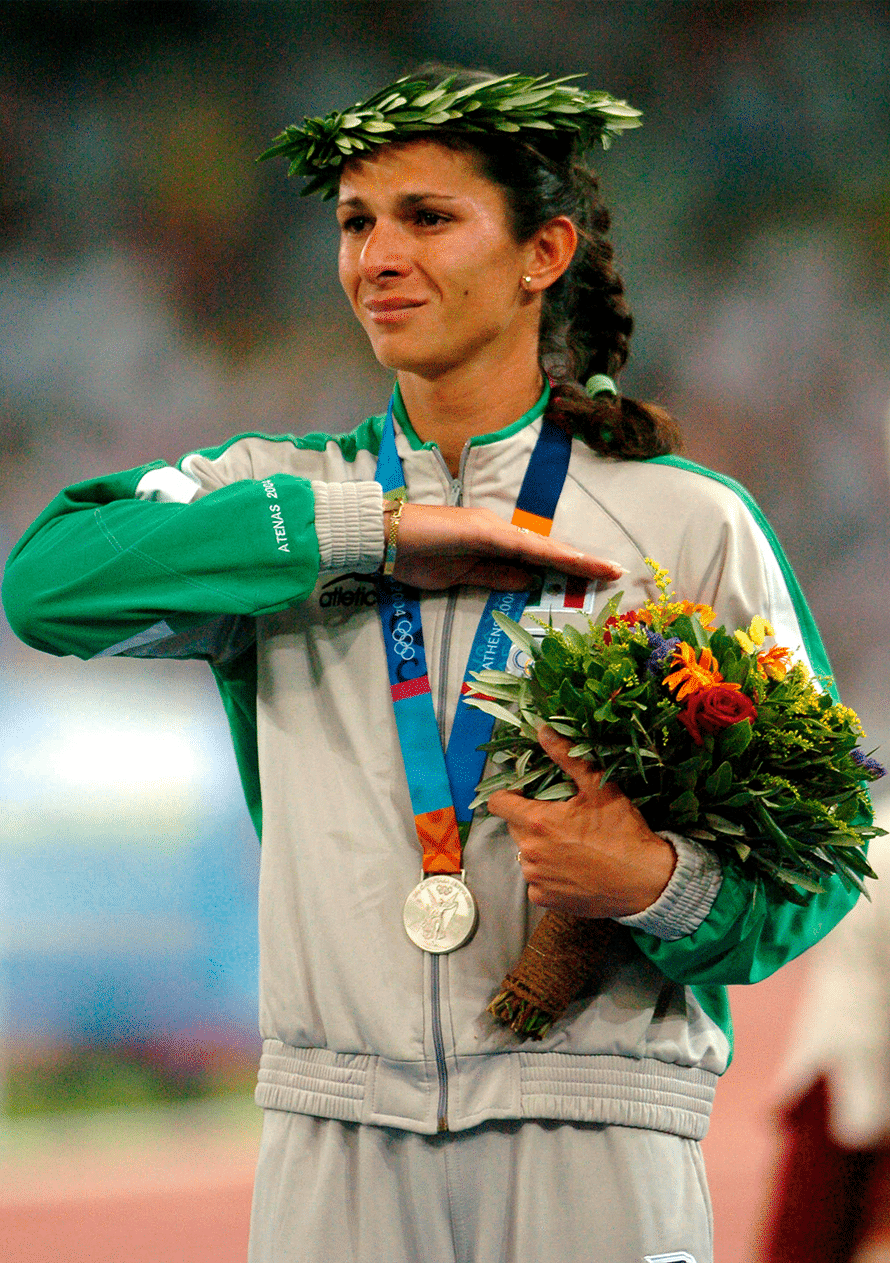
September 18 has been recorded in the history of Mexican sports as the day Soraya Jiménez Mendivil (1977-2013) became a legend when she crowned herself as the first Mexican woman to win a gold medal in the Olympic Games and —to date— the only Mexican Olympic champion in weightlifting.
It was the year 2000, despite being only 23 years old and facing many difficulties, Soraya managed to go to Sydney, Australia, being practically invisible: registered in a competition “for men”, and away from the spotlight that focused on the Olympic hope placed on others athletes.
Something unusual happened during the course of the weightlifting runs that began to attract the attention of international media. A Mexican woman gradually added weight to the bar and left her opponents behind in the 58-kilogram category. In the last run, with a single movement, Soraya left millions of spectators breathless as she lifted 222.5 kilograms, which she held in the air for more than the ten mandatory seconds.
Unfortunately, the gold medal was not enough to brush away the difficulties faced by the strongest woman in the world; she died at age 35, after constant health complications.
Shortly after her death, the Senate of the Republic paid her a tribute and recognized her career and contributions to Mexican sport, which was received by her parents.
Central defender Rafael Márquez (Zamora, Mi-choacán, 1979) is the third Mexican soccer player with the highest number of international matches —148 in total— and is known as “the eternal captain” for holding the record of playing five World Cups with this investiture.
Márquez began playing as a professional soccer player in the ranks of Atlas in Guadalajara, where he made his debut at age 17, in 1996. That same year he was selected for the national team. Thanks to his outstanding performance with the Aztec national team he drew the attention of European clubs. The French team Monaco was the first to integrate him into its ranks, after paying four million dollars for his transfer fee in the 1999-2000 season. Then he played for FC Barcelona, the New York Red Bulls and Hellas Verona.
As member and captain of the Mexican national team, he was champion of the Confederations Cup (1999), won the Gold Cup (2003 and 2011) and the CONCACAF Cup (2015), in addition to reaching the Copa America sub-championship (2001). He was considered one of the top international players until his retirement, at the 2018 World Cup.

Lorena Ochoa (Guadalajara, Jalisco, 1981) is the best Mexican golfer of all time. When she was only five she learned to hold the club and hit the ball, and at seven she had already won her first national title.
Thus began a career that has earned her 129 titles at state, national and international level; more than 27 of them obtained at the Ladies Professional Golf Association (LPGA). She reached the top of the world raking in 2007 and remained there for 158 consecutive weeks.Her career has been compared to that of legendary figures including Tiger Woods and Nancy López.
She received the National Sports Award for three consecutive years, from 2004 to 2007, and the ESPY Award for Best International Athlete in 2008. That same year she was included in the list of the World’s Most Powerful People by Forbes magazine and Times magazine placed her among the 100 most influential personalities in the world.
In 2017, she became the first Mexican, the first Latin American and one of the youngest women golfers to be distinguished as a member of the International Golf Hall of Fame.
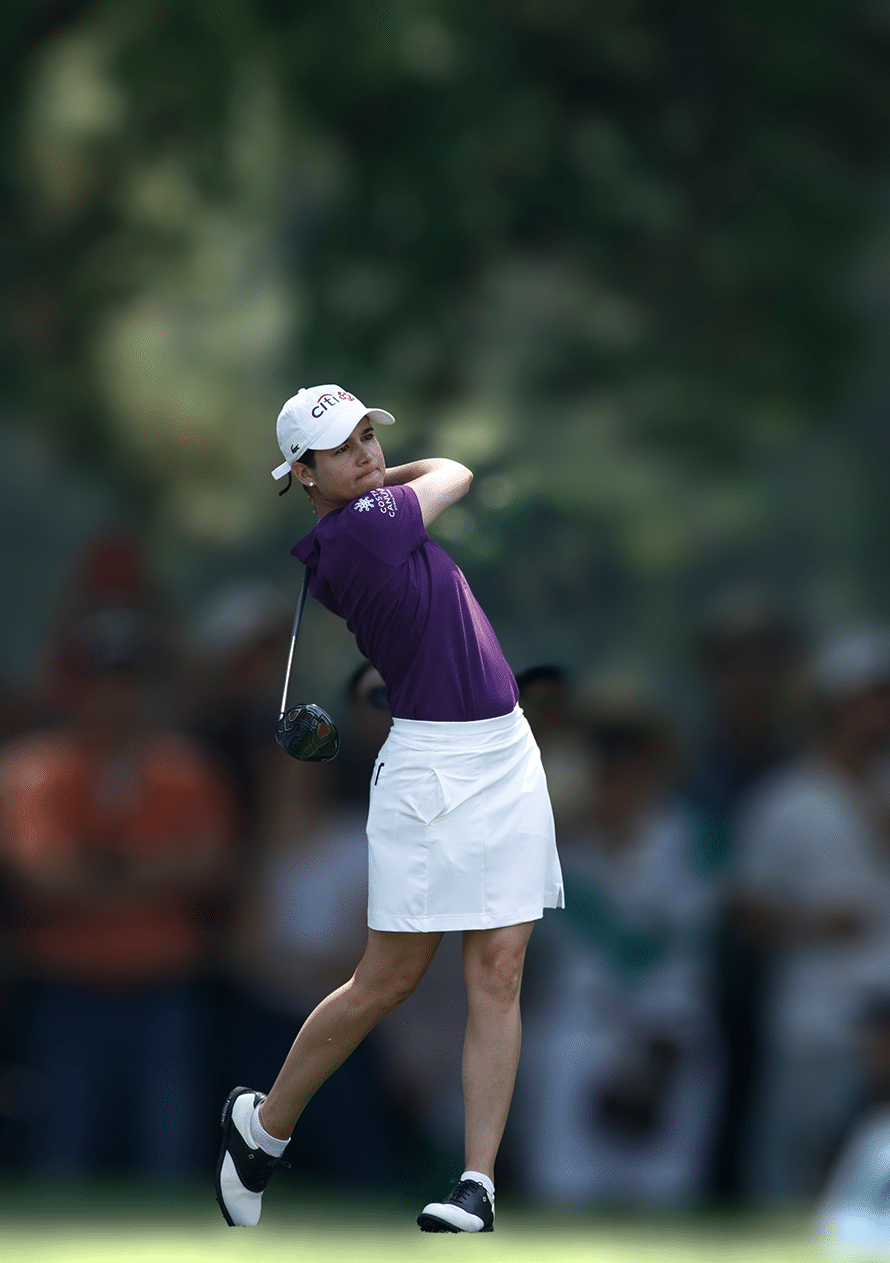
April 10, 1988 is a date that has been recorded in the history of soccer. Hugo Sánchez (Mexico City, 1958), at the time a Real Madrid striker, received a three-minute ovation by 80,000 crazy fans at the Santiago Bernabéu stadium after placing one of the most legendary goals in the Spanish League: a perfect bicycle kick goal against Logroñés.
At only 14 years old, Hugo Sánchez was already part of the Mexican National Team for the Olympic Games and won a CONCACAF tournament. His career began with UNAM’s Pumas; later he went to Spain to join the Atlético de Madrid squad in 1981, and achieved a legendary status while playing for Real Madrid, signed in 1985. “When I arrived in Spain, people yelled at me ‘Indian’; when I left, they called me ‘Hugol’”50, he recalls.
He is known as the “Pentapichichi” for having been a five-time winner of the trophy awarded in Spain to the top goal scorer in the national league championship. He was also the winner of a European Golden Shoe (1989–1990), and a four-time top foreigner scorer in La Liga (1987 to 1990).
With 164 goals he consolidated himself as the fifth top Real Madrid scorer in La Liga, and with 234 as the fourth overall top scorer in the history of the Spanish tournament. As a member of Mexico’s national team, he played 76 games and scored 42 goals. He is the best Mexican soccer player of the 20th century.
